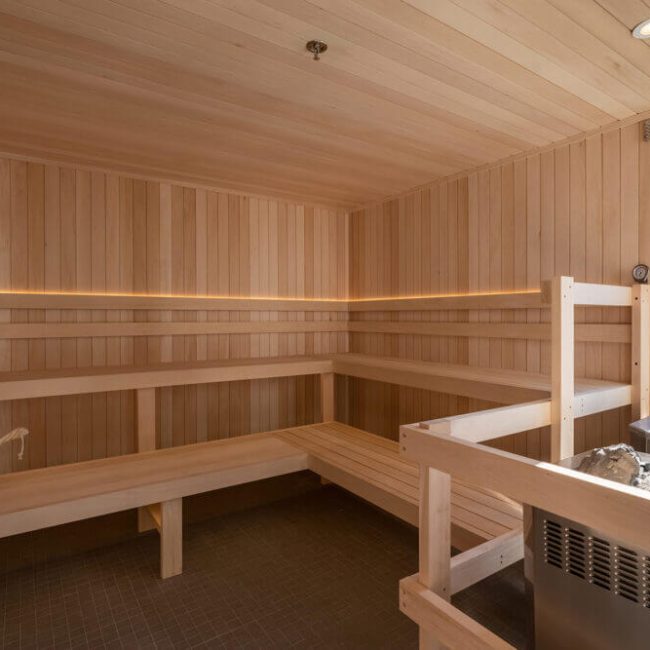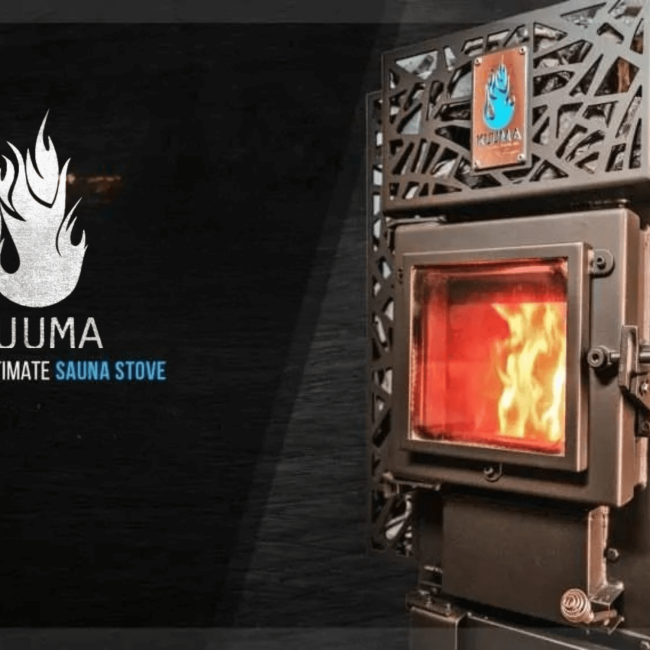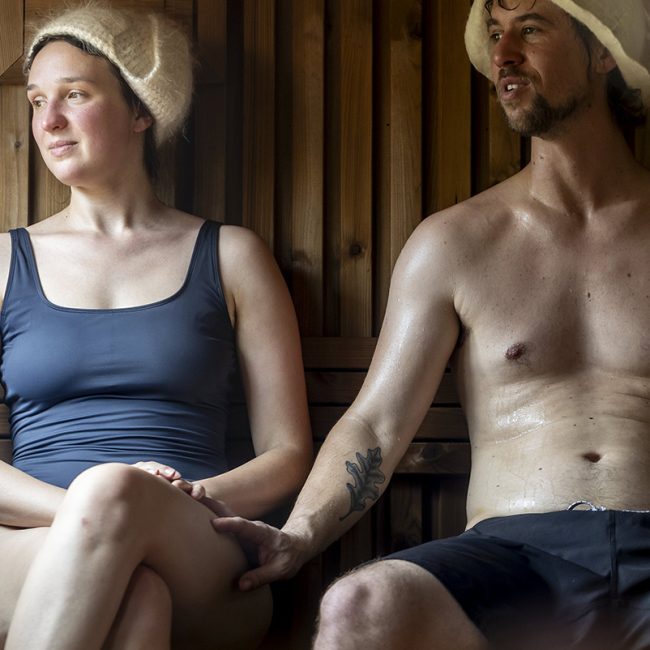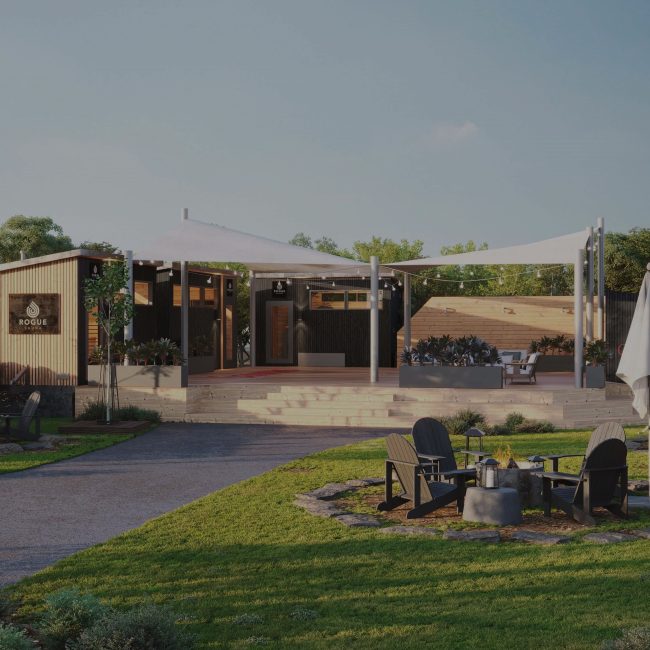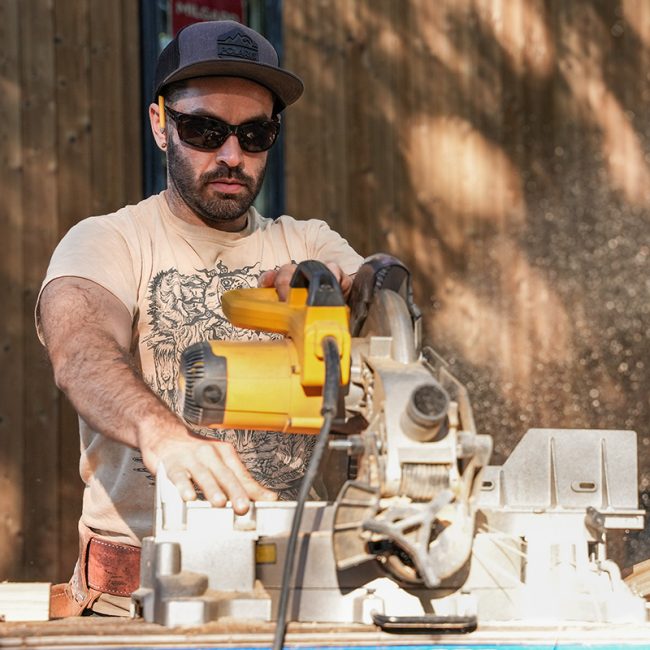The Ultimate Guide to Different Types of Sauna Heaters


The Ultimate Guide to Different Types of Sauna Heaters
Have you ever wondered about the heart of your sauna experience? It's all about the heater. Different types of sauna heaters can transform your relaxation time, whether you're unwinding in a residential sauna or enjoying a commercial facility. From traditional Finnish saunas to modern indoor setups, the right heater is key to creating that perfect, steamy ambiance.
You'll discover a world of options as we explore various sauna heaters. We'll look at how they affect heat output, temperature control, and steam generation. You'll learn about power requirements, energy efficiency, and operating costs. We'll also cover important factors like sauna room size, safety considerations, and maintenance needs. By the end, you'll be equipped to choose the ideal heater for your authentic sauna experience.
The Ultimate Guide to Different Types of Sauna Heaters
Have you ever wondered about the heart of your sauna experience? It's all about the heater. Different types of sauna heaters can transform your relaxation time, whether you're unwinding in a residential sauna or enjoying a commercial facility. From traditional Finnish saunas to modern indoor setups, the right heater is key to creating that perfect, steamy ambiance.
You'll discover a world of options as we explore various sauna heaters. We'll look at how they affect heat output, temperature control, and steam generation. You'll learn about power requirements, energy efficiency, and operating costs. We'll also cover important factors like sauna room size, safety considerations, and maintenance needs. By the end, you'll be equipped to choose the ideal heater for your authentic sauna experience.
Understanding Sauna Heater Basics
Sauna heaters are the heart of your sauna experience, generating the heat that creates the perfect environment for relaxation and rejuvenation. These devices come in various types, each offering unique benefits for residential saunas and commercial facilities. The most common types of sauna heaters include electric, wood-burning, and gas-fired options. Electric sauna heaters are popular for their convenience and precise temperature control, making them ideal for indoor saunas.
Wood-burning heaters, on the other hand, provide an authentic Finnish sauna experience, often preferred in traditional settings. When choosing a sauna heater, consider factors such as the sauna room size, power requirements (measured in kilowatts), and desired heat output. The right heater will ensure efficient steam generation, optimal humidity control, and an enjoyable sauna experience tailored to your needs.
Electric Sauna Heaters: Convenience and Control
Wood-Burning Heaters: Authenticity and Ambiance
Wood-burning heaters offer the most authentic sauna experience, bringing the soul-warming scent of burning wood and soft steam to your residential or commercial sauna. These traditional heaters can reach temperatures up to 210 degrees Fahrenheit, providing intense heat for those seeking maximum health benefits. You’ll enjoy the cozy, immersive atmosphere created by the crackling fire and flickering light from the optional glass window. Wood-burning stoves give you control over temperature by adjusting the firebox door, allowing more or less air to fuel the flames. While they require more effort to maintain, many sauna enthusiasts appreciate the ritual of preparing and tending the fire. For a truly Finnish sauna experience, a wood-burning heater delivers unparalleled ambiance and heat quality.
Gas Heaters: Alternative Options
Gas heaters offer a unique sauna experience with warm, friendly heat that enhances relaxation. They’re cost-effective, using up to 50% less energy than electric heaters in most regions. Gas sauna heaters draw cool air through the body, heating it as it passes through. This design efficiently heats the room while retaining heat in the sauna rocks.
For residential saunas and commercial facilities seeking energy efficiency, gas heaters are an excellent choice. They’re particularly suitable for large or frequently used saunas, like those in gyms or spas.
The world of sauna heaters offers a diverse range of options to suit every preference and setting. From the convenience of electric heaters to the authenticity of wood-burning stoves, each type has its own unique advantages. Gas and infrared heaters provide alternative solutions for those seeking energy efficiency or a different kind of heat experience. By understanding the features and benefits of each type, you can choose the perfect heater to create your ideal sauna environment.
When selecting a sauna heater, it's crucial to consider factors like room size, power needs, and the kind of experience you're after. The right choice will have a significant impact on your enjoyment and the benefits you get from your sauna sessions. Whether you're setting up a home sauna or running a commercial facility, the perfect heater is out there to help you create a relaxing and rejuvenating space. So take your time, weigh your options, and get ready to enjoy the wonderful world of saunas.
The world of sauna heaters offers a diverse range of options to suit every preference and setting. From the convenience of electric heaters to the authenticity of wood-burning stoves, each type has its own unique advantages. Gas and infrared heaters provide alternative solutions for those seeking energy efficiency or a different kind of heat experience. By understanding the features and benefits of each type, you can choose the perfect heater to create your ideal sauna environment.
When selecting a sauna heater, it's crucial to consider factors like room size, power needs, and the kind of experience you're after. The right choice will have a significant impact on your enjoyment and the benefits you get from your sauna sessions. Whether you're setting up a home sauna or running a commercial facility, the perfect heater is out there to help you create a relaxing and rejuvenating space. So take your time, weigh your options, and get ready to enjoy the wonderful world of saunas.
Why Rogue Sauna Trusts Homecraft Electric Heaters
Why Rogue Sauna Trusts Homecraft Electric Heaters for Effortless, Elegant Heat At Rogue Sauna, every design choice is rooted in intention. Whether it&
Kuuma Stoves: The Gold Standard for Wood-Fired Sauna Builds
For Remote Escapes and Refined Comfort, We Choose Kuuma Sauna Stoves The Kuuma sauna stoves are the core of Rogue Sauna builds for good reason. This
Why Rogue Sauna Builds With Lunawood
Why Rogue Sauna Chooses Lunawood for Unmatched Outdoor Sauna Craftsmanship Born in Southern Oregon and inspired by centuries of Finnish sauna traditio
The Current State of Sauna: A Global Awakening
The Current State of Sauna: A Global Awakening It’s late. The fire is low, embers glowing in the quiet. Outside, the world is cold, but in here, the
Modern Sauna Renaissance
Exploring the Resurgence: The Modern Sauna Renaissance In recent years, a quiet revolution has been taking place across the United States, one that ha
Social Sauna Experience Coming Soon
Rogue Sauna’s Social Sauna Experience is Almost Here! At Rogue Sauna, we believe in the power of heat, steam, and community to bring people together
Custom Sauna Construction Process | 6 Steps
Custom Sauna Construction Process | 6 Steps Discover process of custom sauna construction with Rogue Sauna’s expert team. From initial planning
The Ultimate Guide to Different Types of Sauna Heaters
The Ultimate Guide to Different Types of Sauna Heaters Have you ever wondered about the heart of your sauna experience? It’s all about the heate
Understanding Finnish Sauna Culture
Understanding Finnish Sauna Culture and Its Social Impact Have you ever wondered about the heart of Finnish culture? Look no further than the sauna. F


